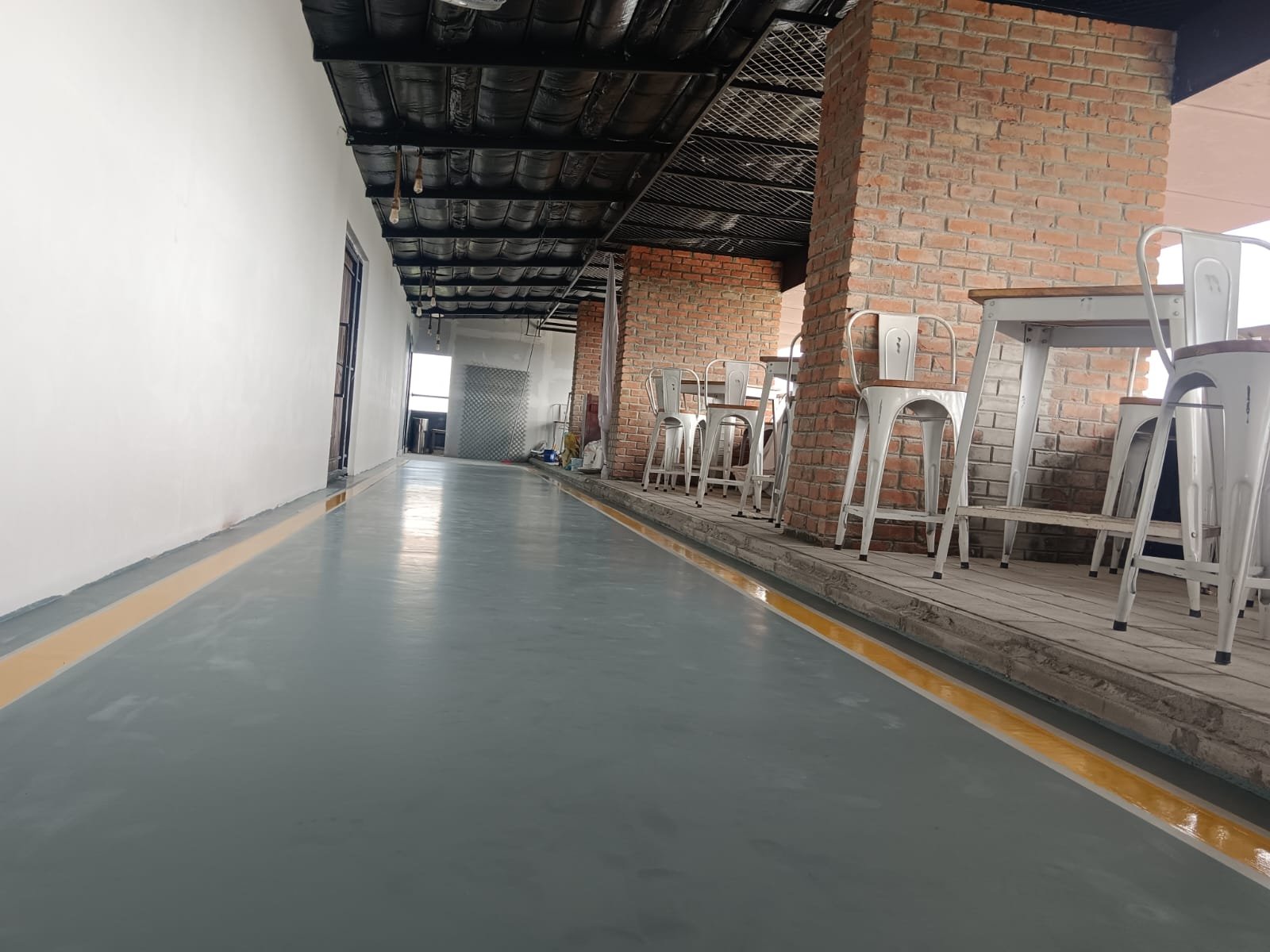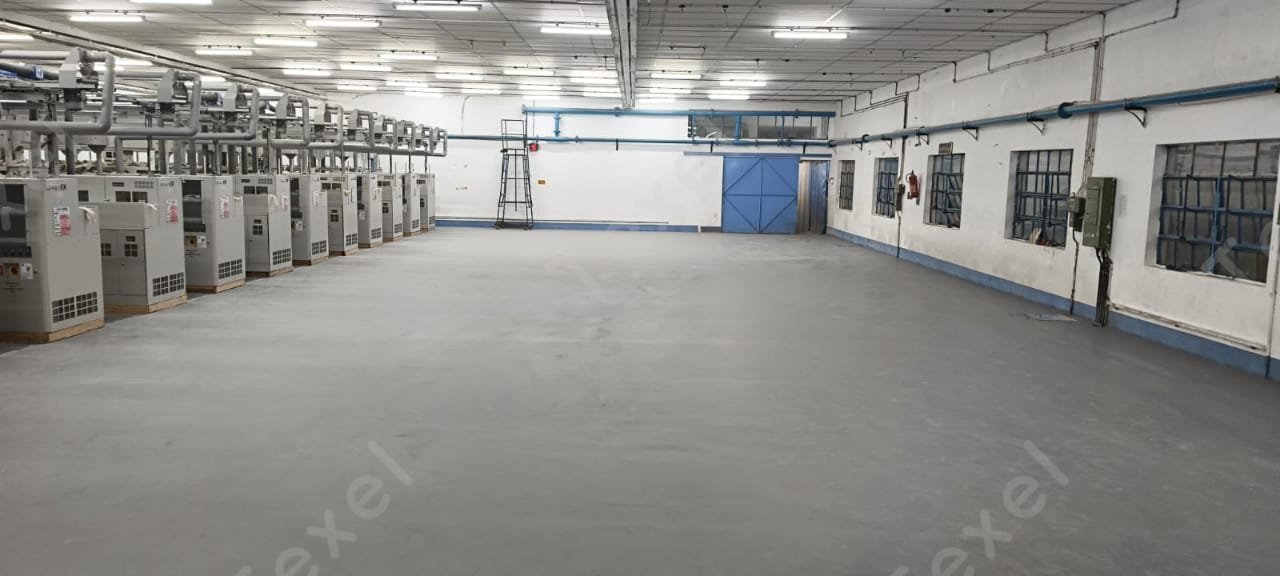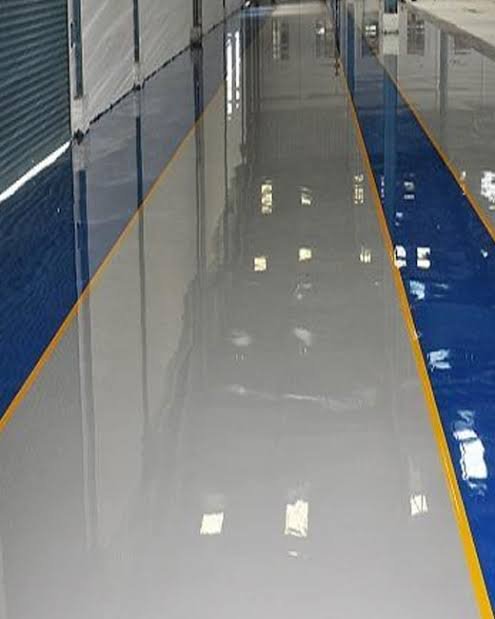PU FLOORING IN RESTAURANTS
PU FLOORING IN RESTAURANTS
INTRODUCTION
Polyurethane (PU) flooring is gaining popularity in the restaurant industry
as an ideal flooring solution that meets the demands of both back-of-house and
front-of-house areas. Restaurants require flooring that is not only visually
appealing but also highly durable, easy to maintain, and safe for both staff
and guests. PU flooring offers a seamless and resilient surface, capable of
withstanding the daily rigors of a restaurant environment, including heavy foot
traffic, frequent spills, temperature fluctuations, and stringent cleaning
protocols.
HOW PU
FLOORING SERVES AS A BETTER OPTION FOR RESTAURANTS ?
Polyurethane flooring serves as a superior choice for restaurants due to its
unique combination of durability, safety features, and easy maintenance. Here
is why PU stands out as a better option for restaurant environments:
1. Durability and Longevity
High Impact Resistance: PU concrete flooring is highly durable and
resistant to impact, making it well-suited to handle the heavy foot traffic and
movement of equipment in restaurants.
Scratch and Abrasion Resistance: The surface resists scratches and
abrasion from furniture and equipment movement, maintaining its appearance over
time.
Flexibility: PU floors flexibility allows it to handle the slight
movements of a building and resists cracking under pressure, making it highly
durable.
2. Thermal Shock and Heat Resistance
PU concrete floors can withstand drastic temperature changes, essential for
restaurants where floors might be subjected to hot spills, boiling liquids, or
cold conditions in areas near walk-in freezers. They maintain their structural
integrity even when exposed to steam cleaning, which is crucial for deep
cleaning routines in kitchens.
3. Chemical and Stain Resistance
Protection Against Spills: In restaurants, spills of acidic or greasy
substances are common, and PU concrete floors are engineered to be highly
resistant to a wide range of chemicals, oils, and food acids. This makes them
easier to clean and helps maintain a pristine appearance over time.
Ease of Cleaning: Its smooth, non-porous surface makes it easy to
clean, helping restaurants maintain a hygienic environment and simplifying
daily cleaning routines.
4. Hygiene and Seamless Finish
Bacteria Control: PU flooring is seamless, leaving no crevices where
dirt, bacteria, or mold could accumulate, which is crucial for meeting health
and safety standards in restaurants.
Non-Toxic and Safe for Food Areas: PU floors are food-safe and can be
installed with food-grade materials, making them appropriate for kitchens and
dining areas.
5. Slip Resistance
Slip-resistant: PU flooring options can be customized to meet safety
requirements, making it safer for staff who work in fast-paced environments and
reducing the risk of accidents for customers in areas prone to spills.
6. Aesthetic Flexibility
Customization Options: PU flooring installation is available in a
variety of colors, patterns, and finishes, allowing restaurant owners to
enhance the ambiance of their space to match the decor and branding of the
restaurant.
Gloss and Matte Finishes: It offers different finish levels, from
high gloss to matte, catering to various design preferences and functional
requirements.
7. Cost-Effective in the Long Term
While PU concrete flooring might have a higher upfront cost, its long
lifespan and low maintenance needs make it cost-effective over time. The
floor’s durability reduces the need for frequent repairs or replacements,
translating to lower long-term costs.
PU flooring system is a practical and versatile option, providing a strong,
safe, and visually appealing solution that aligns well with the functional and
aesthetic needs of the restaurant industry.
CONCLUSION
Polyurethane flooring is a valuable investment for restaurants, offering a perfect blend of durability, safety, and aesthetic appeal. Its resistance to impact, thermal shock, chemicals, and stains makes it ideal for the demanding environments of commercial kitchens and dining areas. PU floors in restaurants not only withstands the daily rigors of a restaurant but also enhances hygiene through its seamless, non-porous surface, which prevents bacterial buildup.
Related Posts
Leave a Reply Cancel reply
You must be logged in to post a comment.




